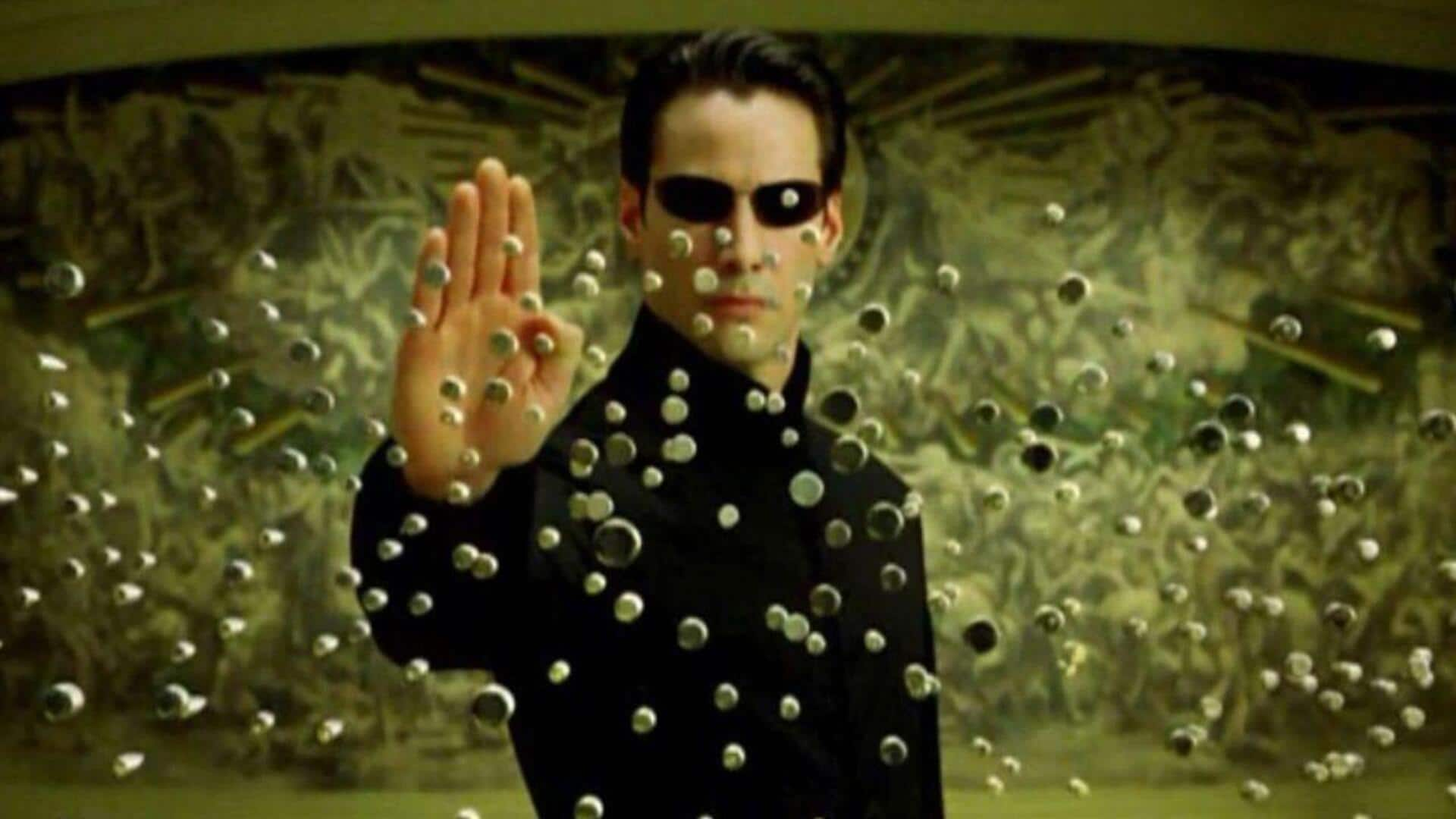
How Neo became a symbol beyond 'The Matrix'
What's the story
As far as US cinema is concerned, Neo, the iconic character from the legendary Matrix series, has been one of the most influential figures. Not only does his journey mirror how the industry has changed over the years, but it also highlights how the beloved character has transformed with technology and storytelling methods. Here's looking at Neo's evolution over the years.
Initial impact
'The Matrix' debut: A cultural phenomenon
When The Matrix was released in 1999, it revolutionized science fiction cinema with its groundbreaking special effects and philosophical themes. Neo emerged as the relatable hero navigating a dystopian world. The film's success was evident as it grossed over millions worldwide, establishing Neo as an enduring cultural icon.
Tech influence
Technological advancements: Enhancing storytelling
The advancements in CGI and visual effects have played a major role in how Neo's story is told on screen. Thanks to these technologies, the filmmakers were able to create more immersive environments, as well as complex action sequences. As technology evolved, so did the portrayal of Neo's abilities, keeping the audience engaged with visually stunning scenes.
Evolving persona
Character development: Depth over time
Neo's character arc through the series showcased deeper storytelling elements added by filmmakers. From being an everyman pulled into the extraordinary, his transformation into a messiah made him a more complex character. The growth is connected with audiences looking for more layered characters in the midst of action-packed storylines.
Broader influence
Cultural impact: Beyond entertainment
Beyond the sheer entertainment value, Neo's impact reaches into other cultural spheres - be it fashion trends inspired by his iconic outfit or philosophical debates triggered by the film's themes. His character has broken through the confines of the celluloid world to become a part of larger conversations in society about the nature of reality and identity.